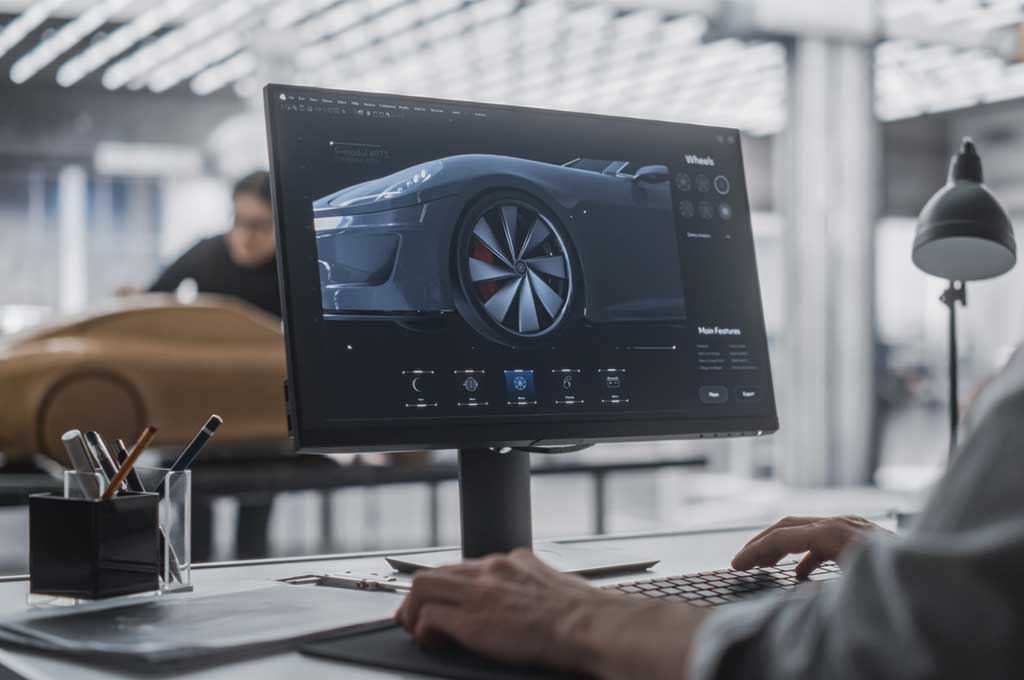
IESE Insight
Planning for the future of the EU’s zero-emission automotive industry
The automotive industry could feasibly go in any of four directions. Here’s what it needs to be prepared for 2035 and the end of new combustion vehicles.
As part of its aim to become a climate-neutral region, the European Union wants to bring CO2 emissions from the automotive industry down to zero by 2035. That’s the year when the sale of new combustion vehicles will be banned. It’s an ambitious goal that presents significant challenges for both the industry and the economic policies of the eurozone, as well as difficulties in terms of costs, supplies, technology and social acceptance.
How can the industry prepare for 2035 and beyond? IESE’s Joan Jané outlines the four most likely zero-emission scenarios, marking what could be the industry’s biggest transformation yet.
Zero-Emission Scenarios in Europe
The automotive industry must prepare for any and all of these scenarios. All are feasible, as is a scenario combining elements from each. Companies need to design short-term strategies and actions that remain competitive, regardless of what finally happens in 2035. At the same time, they need to remain adaptable as new certainties and uncertainties arise along the way.
READ ALSO:

